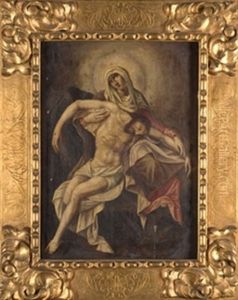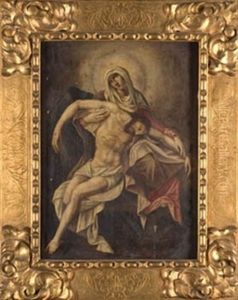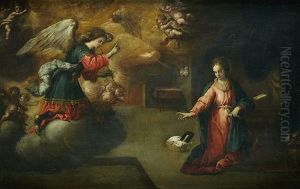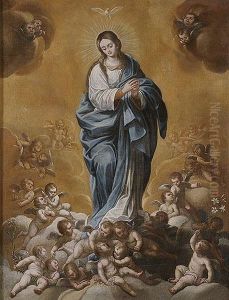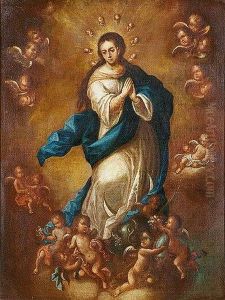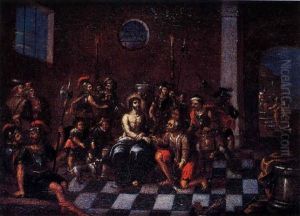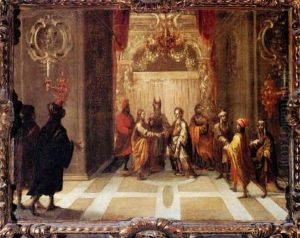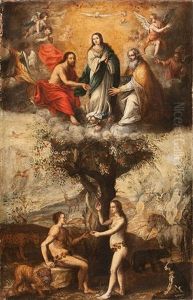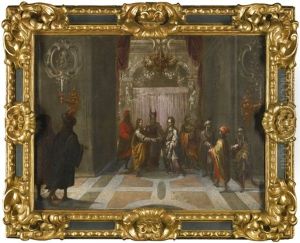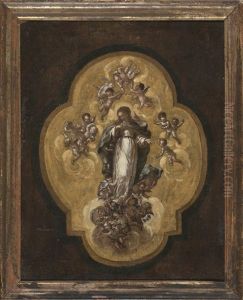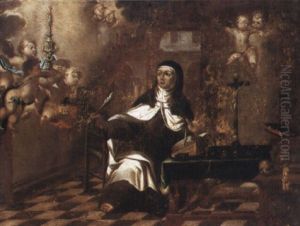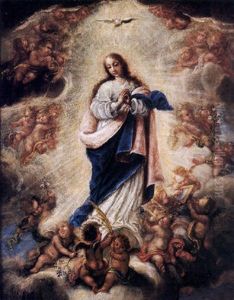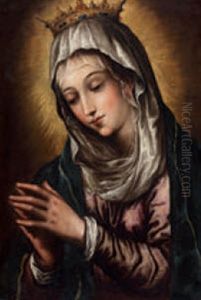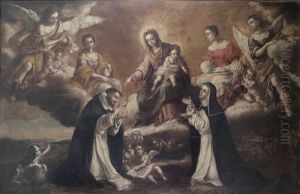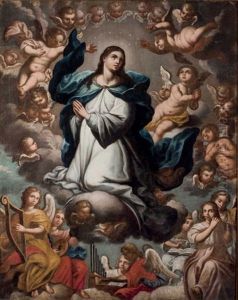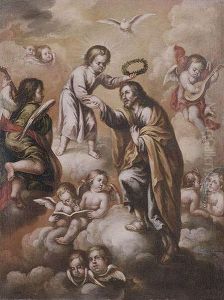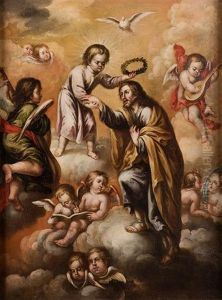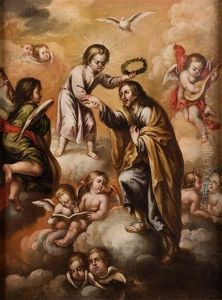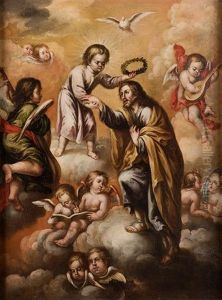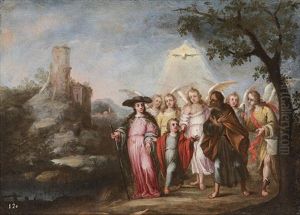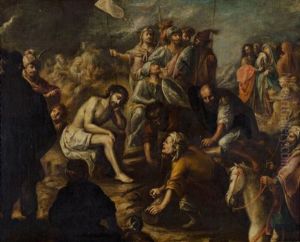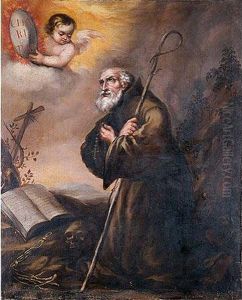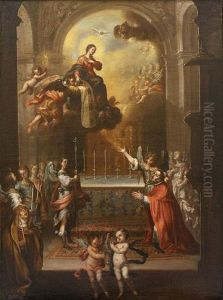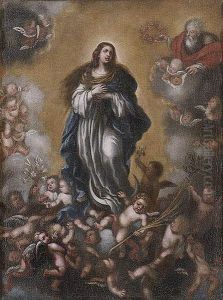Lucas De Valdes Paintings
Lucas de Valdés was a prominent artist born in Seville, Spain, in 1661. He was part of the illustrious Valdés family, a lineage with significant contributions to the Spanish art scene during the Baroque period. His father, Juan de Valdés Leal, was a renowned painter and engraver, known for his deeply emotional works that often depicted religious themes with a dramatic intensity. Growing up in such an environment, Lucas was exposed to the world of art from an early age, learning not only from his father but also from other prominent artists of the time who frequented the Valdés household. This early immersion in the artistic milieu of Seville laid the foundation for his future career.
Lucas de Valdés's artistic journey is closely intertwined with the cultural and religious fabric of Seville during the late 17th and early 18th centuries. As he matured as an artist, Lucas began to develop his own style, which, while reflecting the influence of his father, also exhibited a distinct approach to light, shadow, and composition. His works often explored themes of religious piety, mysticism, and the human condition, resonating with the Counter-Reformation ideals that were prevalent in Spain at the time. Lucas's skill in capturing the emotional depth of these themes quickly garnered him acclaim.
Throughout his career, Lucas de Valdés contributed significantly to the artistic scene in Seville. He was involved in several major projects, including the decoration of local churches and public buildings, which allowed his work to reach a wider audience. Furthermore, Lucas also followed in his father's footsteps as an engraver, producing works that were both technically proficient and artistically compelling. His engravings served not only as works of art but also as means of disseminating the Baroque aesthetic beyond the borders of Spain.
Lucas de Valdés's legacy is that of a skilled artist who was able to balance the influences of his heritage with his own unique vision. His contributions to the Spanish Baroque are seen as a continuation of the tradition established by his father, yet distinct enough to stand on their own merit. Lucas de Valdés passed away in 1725, leaving behind a body of work that continues to be celebrated for its emotional depth and technical mastery. His art remains a testament to the vibrant cultural scene of Seville during the Baroque period and serves as a valuable link in the chain of Spanish art history.
